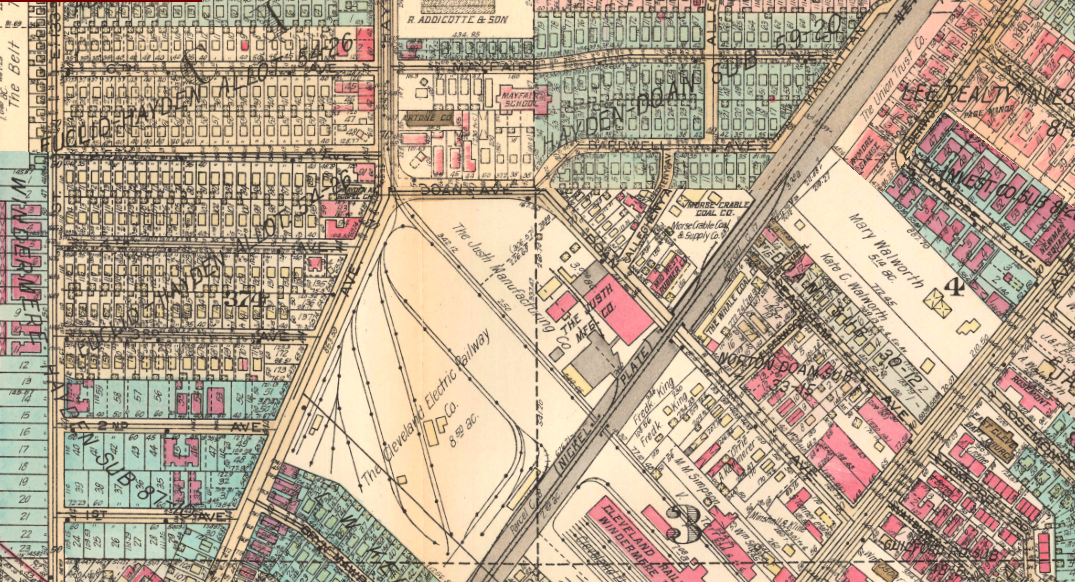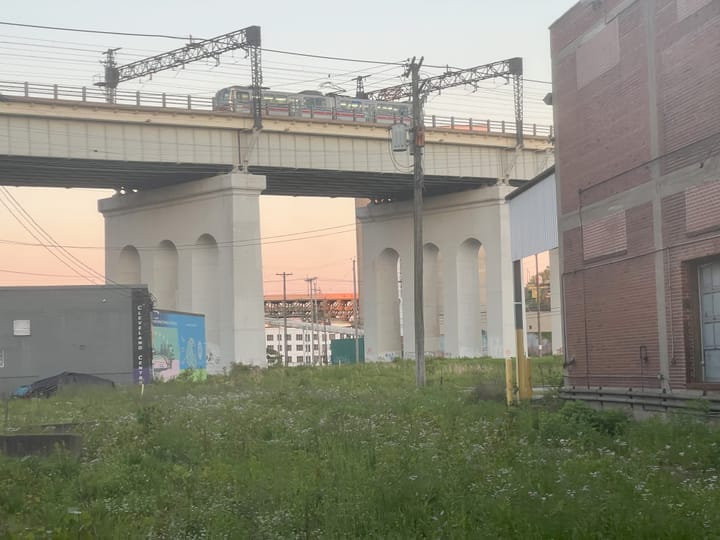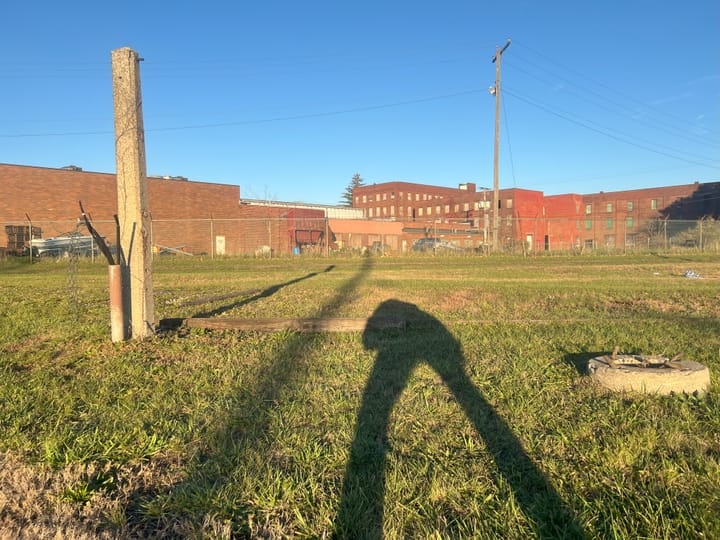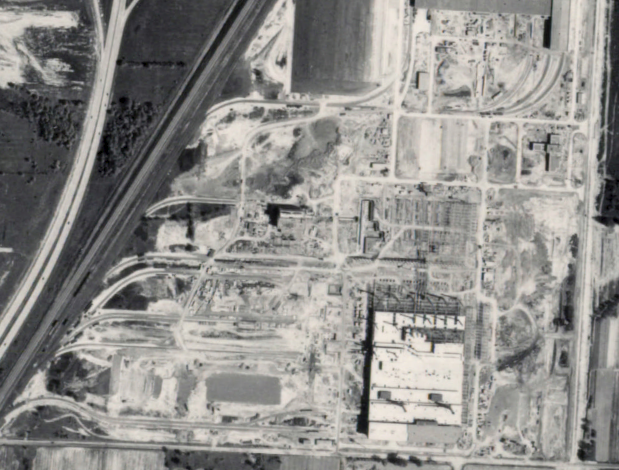What Was Taken: East Cleveland
East Cleveland has lost a ton of population since its peak. They also have 35% car-less households; higher than the 6% Ohio state average. This makes East Cleveland prime for a trolley system.

This is the first in a series of articles around the neighborhoods and suburbs of Cleveland. We will focus on the former banking and public transit systems that we hope to resurrect via creative funding and partnerships.
East Cleveland has lost a ton of population since its peak. They also have 35% car-less households; higher than the 6% Ohio state average. This makes East Cleveland prime for a trolley system. The current Windermere-Stokes RTA Station where the former Cleveland Electric Railroad Car Barn with a car-yard just to the north across the Nickel Plate tracks. We need to work bottom up to restore the economy of this city. This means facilitating people to their important destinations. There are a few core places within communities that everyone, including the children and the elderly, need to go. Churches, Schools, Parks, Grocery Stores, and the factories have been historical hot-spots for people to regularly organize. This means we need free at point-of-service transit. We cannot further burden the residents of the city, but the businesses and industry that would benefit the most from ease of access and foot traffic.
There were fares for these trolleys historically, but fare-box recovery for public transit in a disinvested neighborhood is unethical. How can we return a trolley routes on Euclid, Shaw, and Hayden? We already have access to the right of ways (as they are owned by the city with exception of Euclid Ave) and this would service 3 schools, the East Cleveland Community Park, the East Cleveland Community Garden, and the Coit Farmer's market building, and 3+ religious centers. There is no true grocer in East Cleveland and they have been a food desert since 2014. A grocer worker co-op would introduce strong jobs to the local economy (more so than any of the convenience store could pay). The key is how you market to the neighborhood and how accessible you make the location. This once again stems back to facilitating the freedom of travel to more than 1/3 East Clevelander. These are services that the area had before losing the trolleys due to officials prioritizing them low on budgets.
The issue with all the manufacturing jobs leaving at once constricted the economy in a way that our system is not designed to address. This separation of workers from the labor post industrial revolution was completed with the aforementioned outsourcing, The conveniences afforded to a large petite-bourgeoisie class allowed complacency that stifled the working man. They are the proponents of the status quo via their political apathy stemming once again from the conveniences and consumerist 1970s-80s. Reagan said that we had to cling to capitalism, and they used that as cover to neutralize the working class. Now the same petite-bourgeoisie class (still solidly in the workers camp on the "workers v owner" scale) think that they too can achieve the ownership class, so they tell the worker to wait and try smaller reforms so they may continue to exploit the system.
We are considering a non-profit that helps coordinate grocer worker co-ops and providing true livable wages. With the profit motive removed (i.e. paying anything past the workers wages) we may see a more efficient redistribution of wealth. We are not able to bring back manufacturing to the same extent that we had in the Rust Belt. We CAN usher in a revival to our rustiest communities by providing opportunities to perform necessary work for the community.



Comments ()